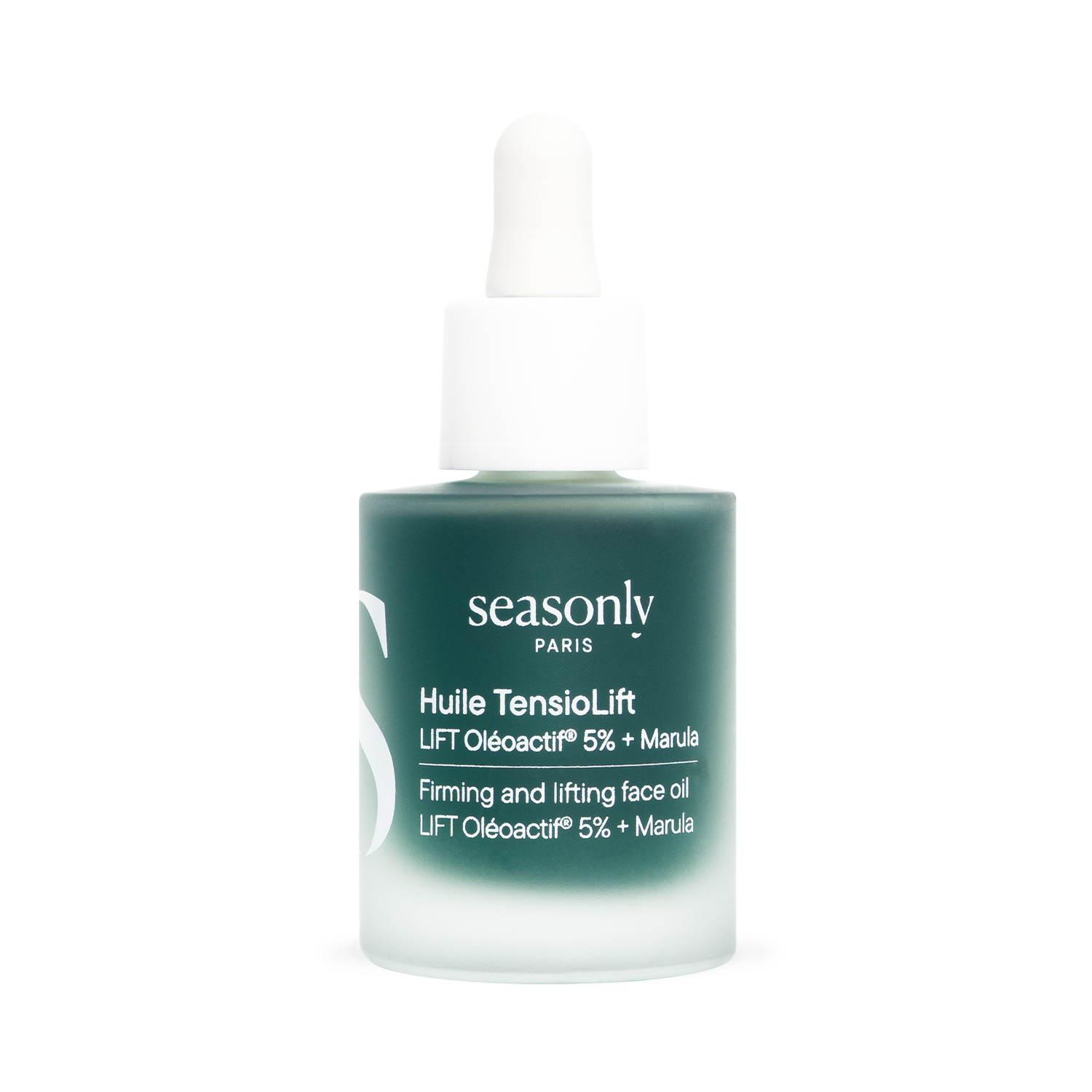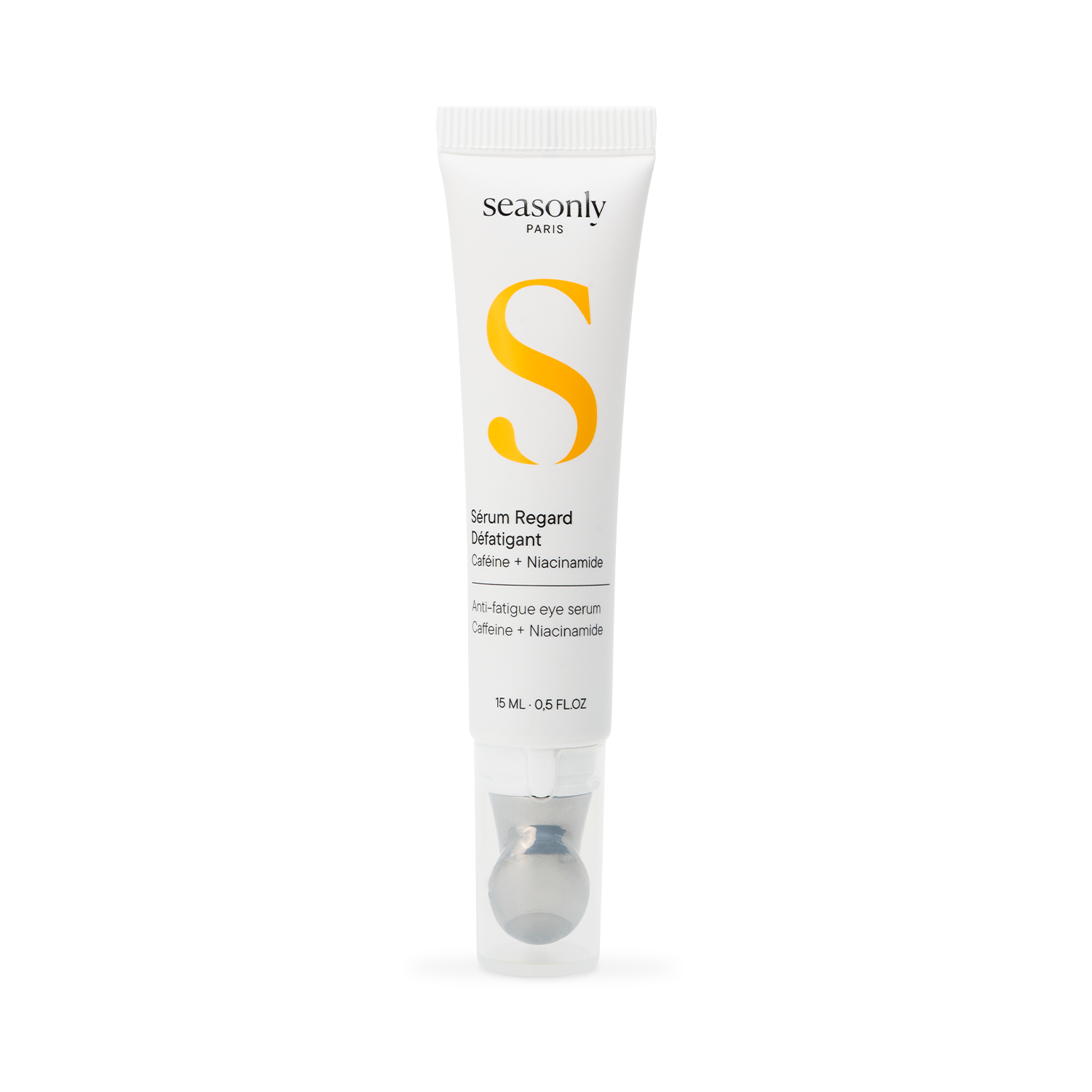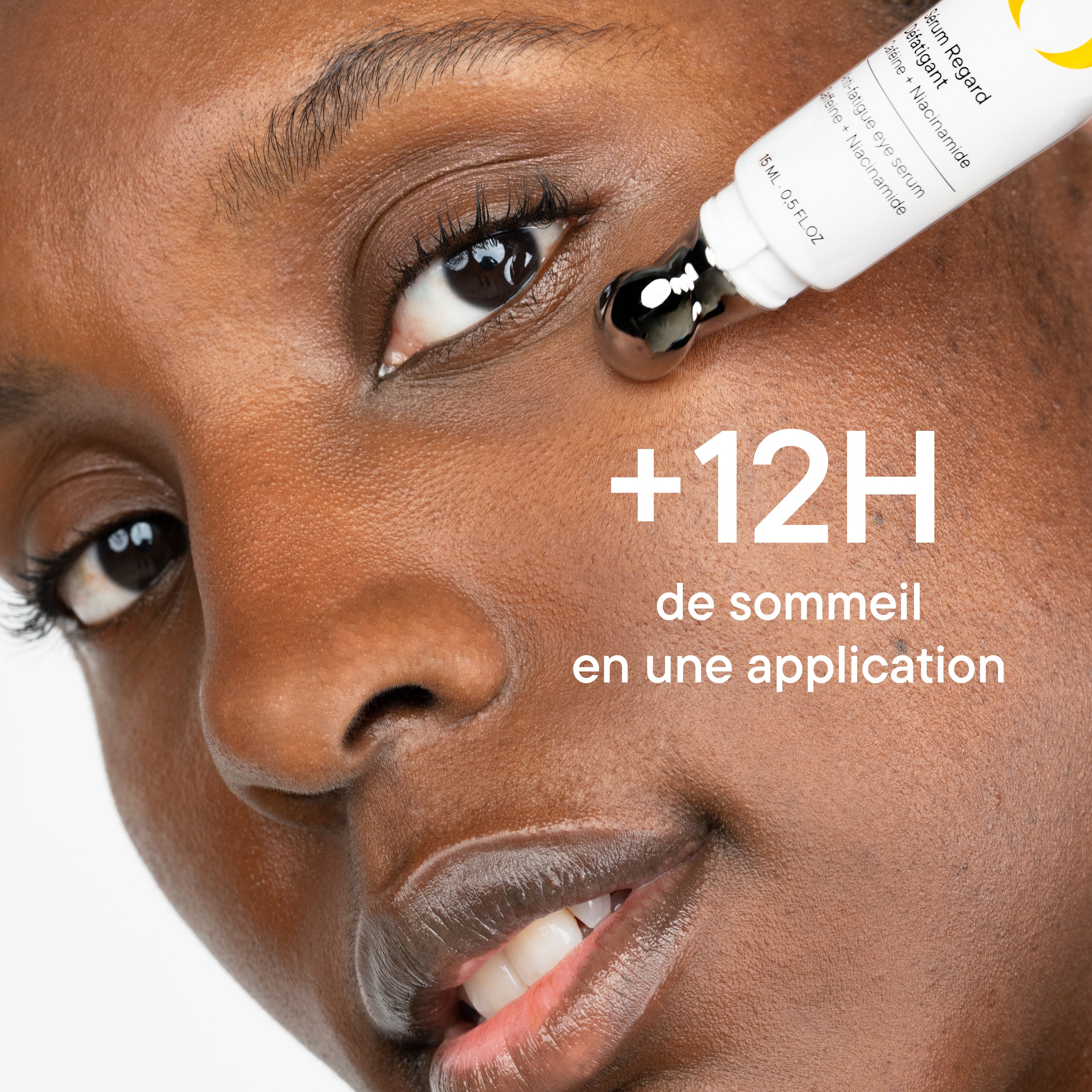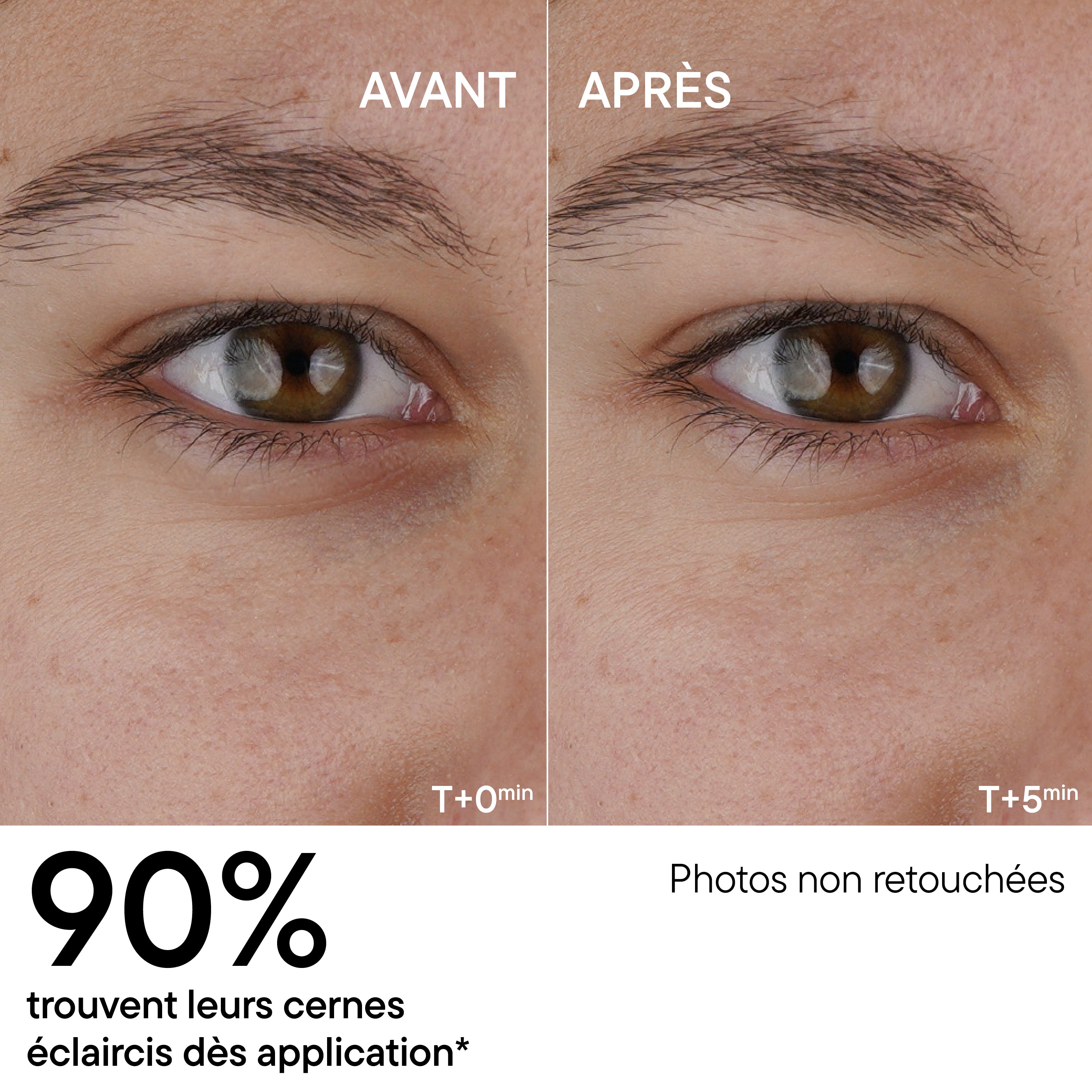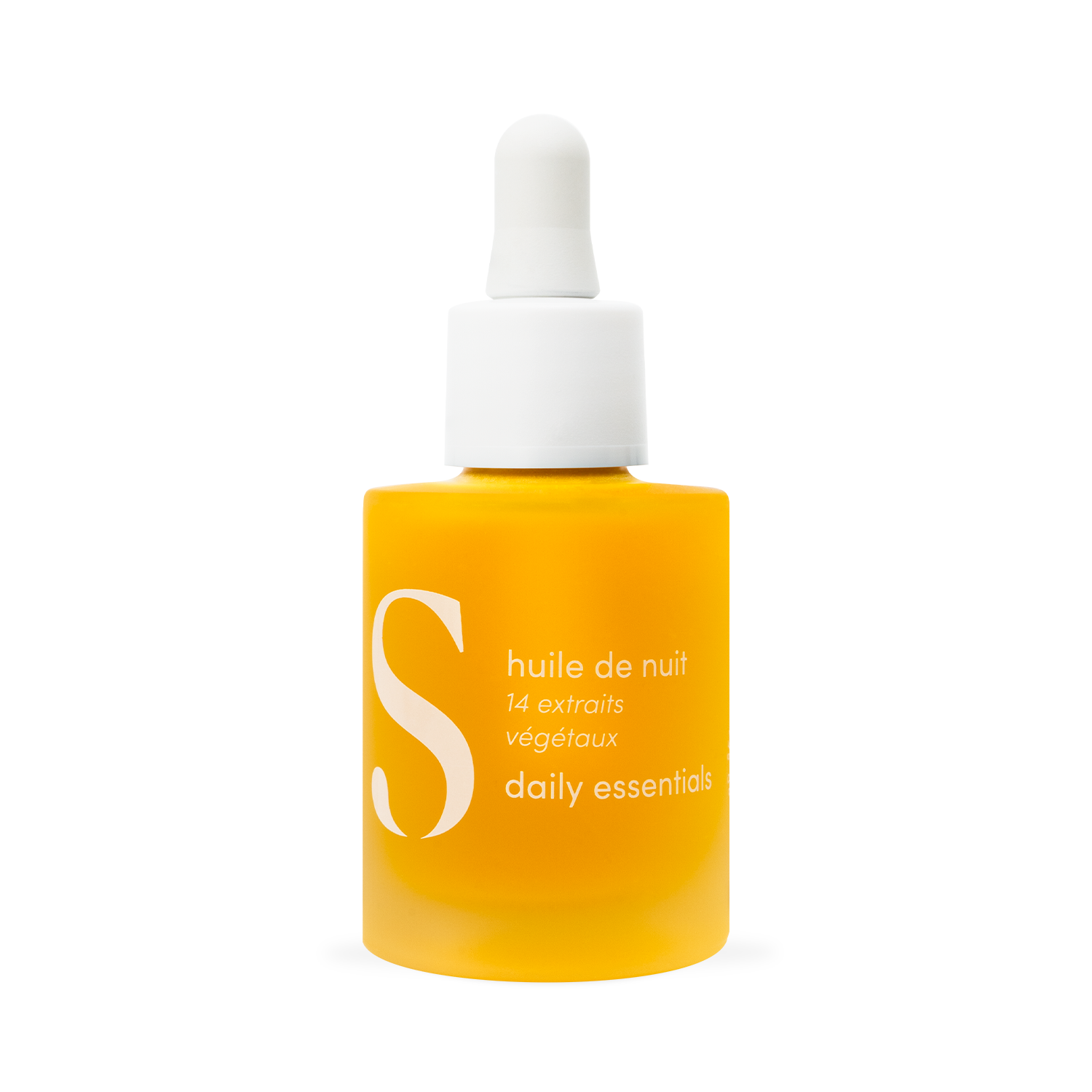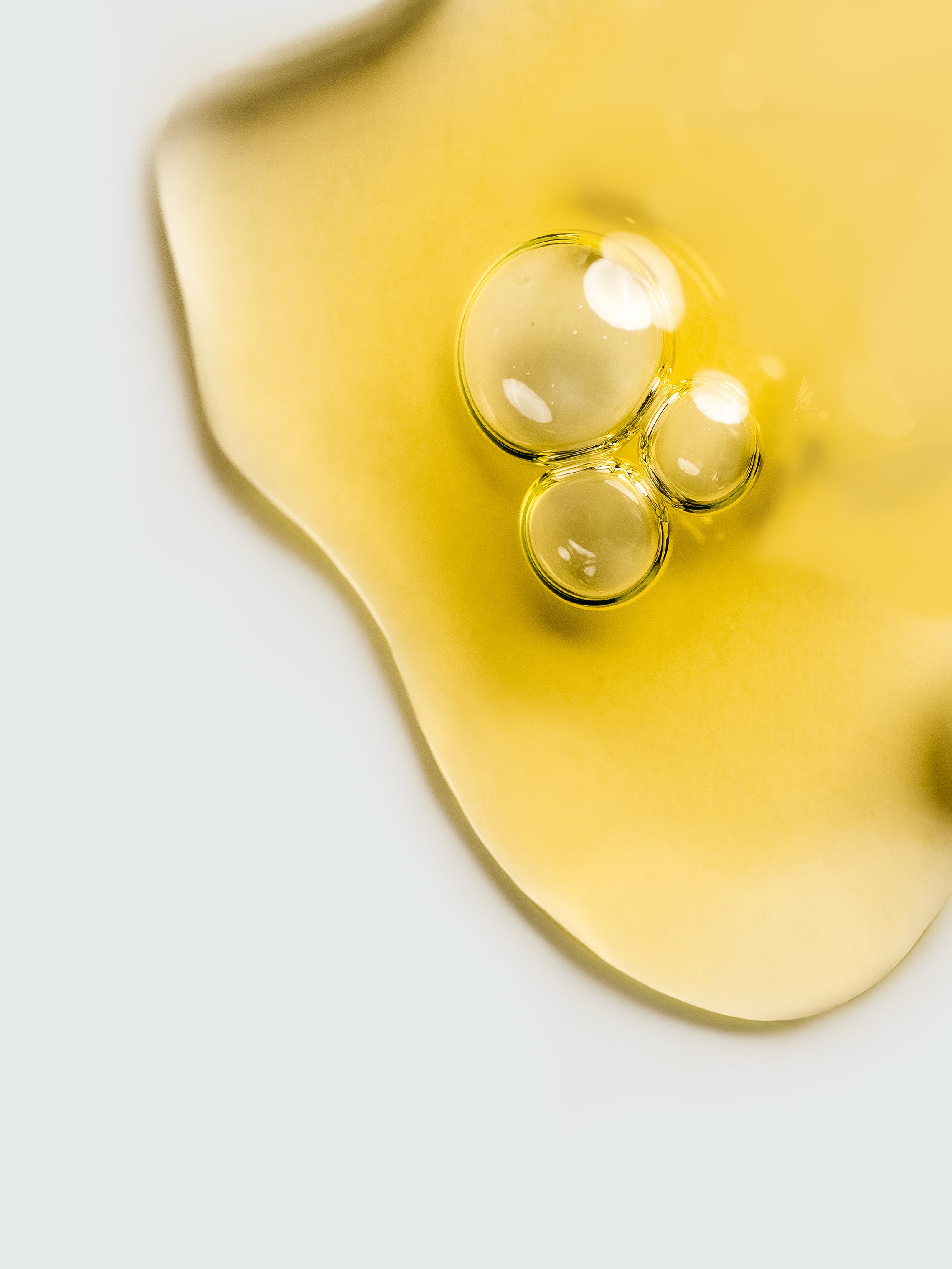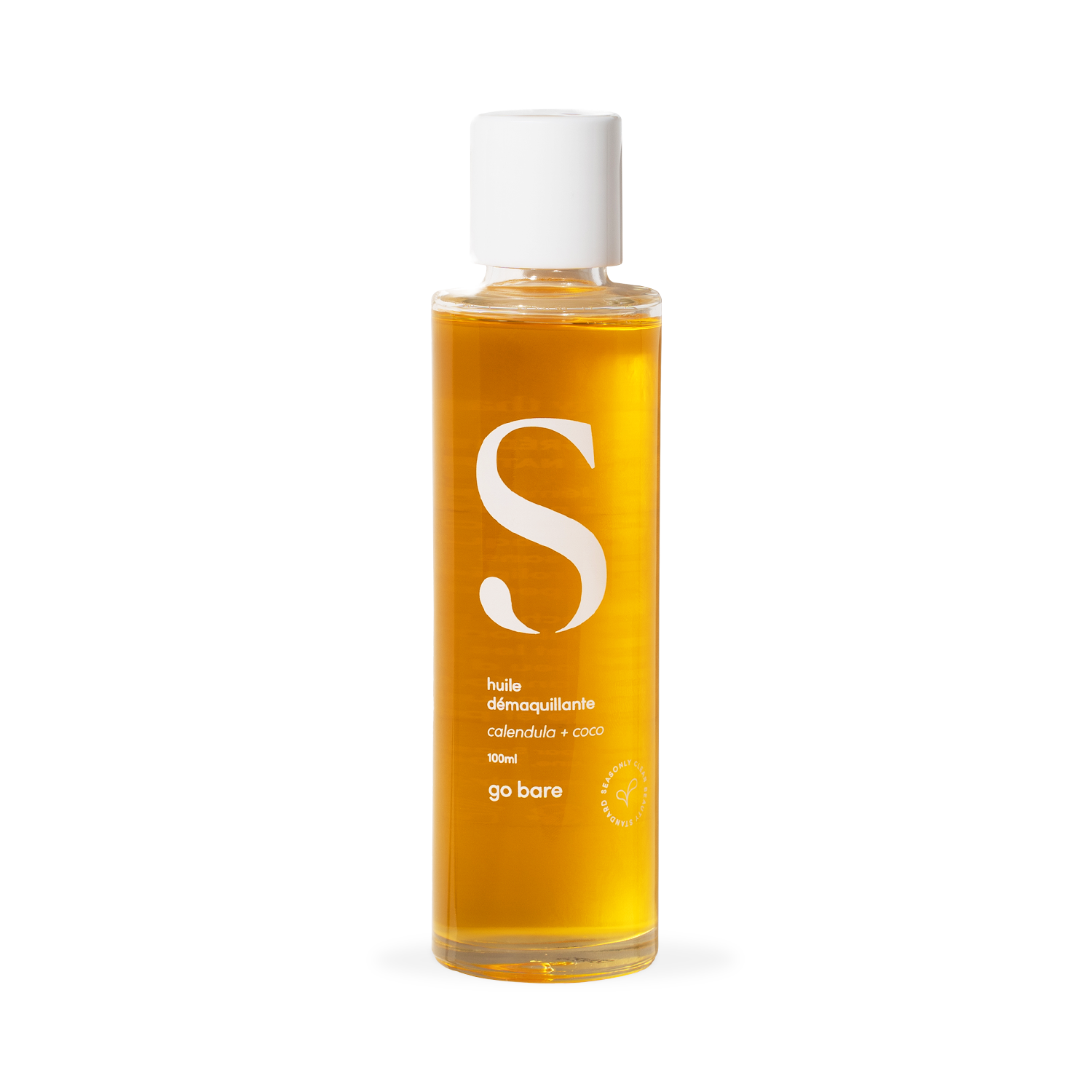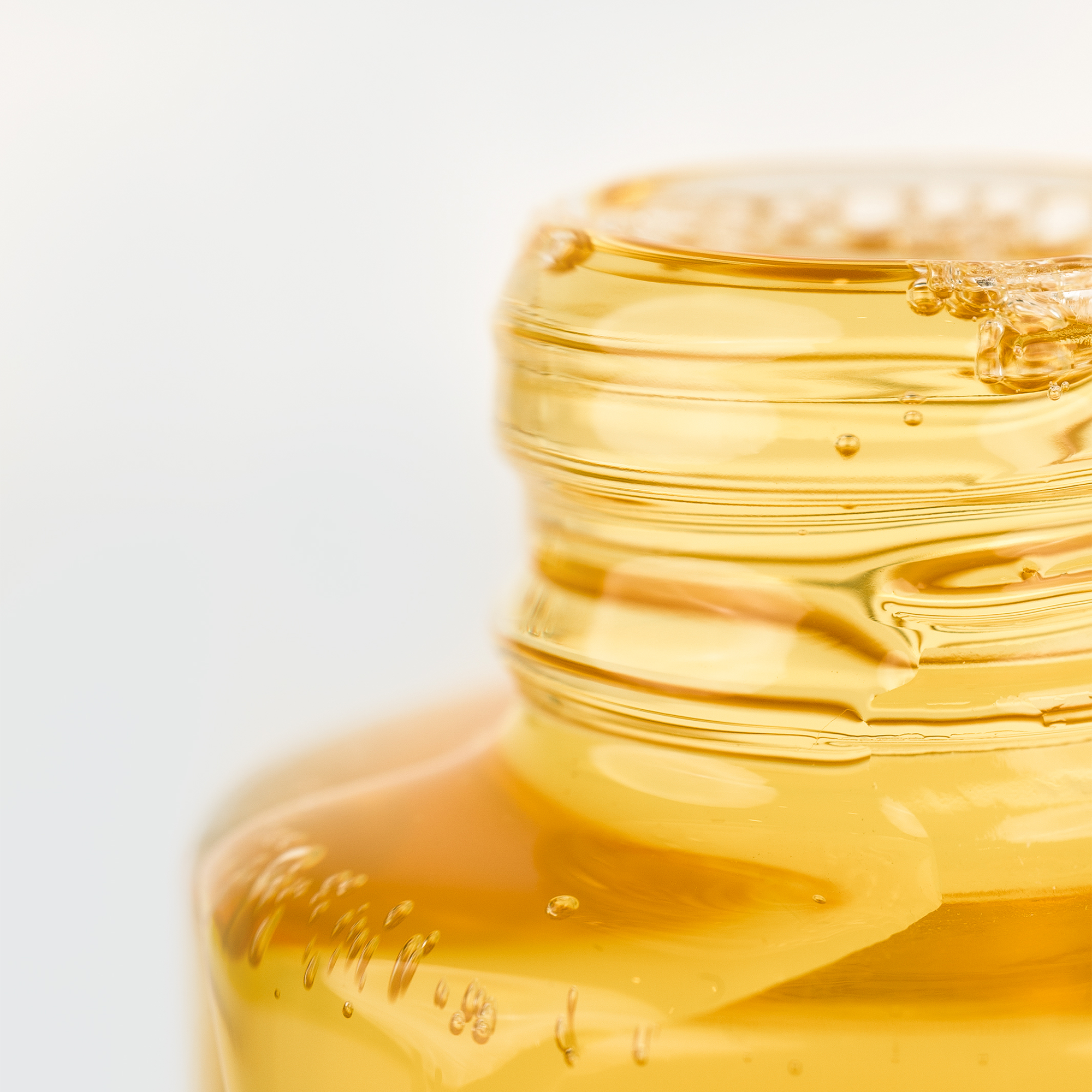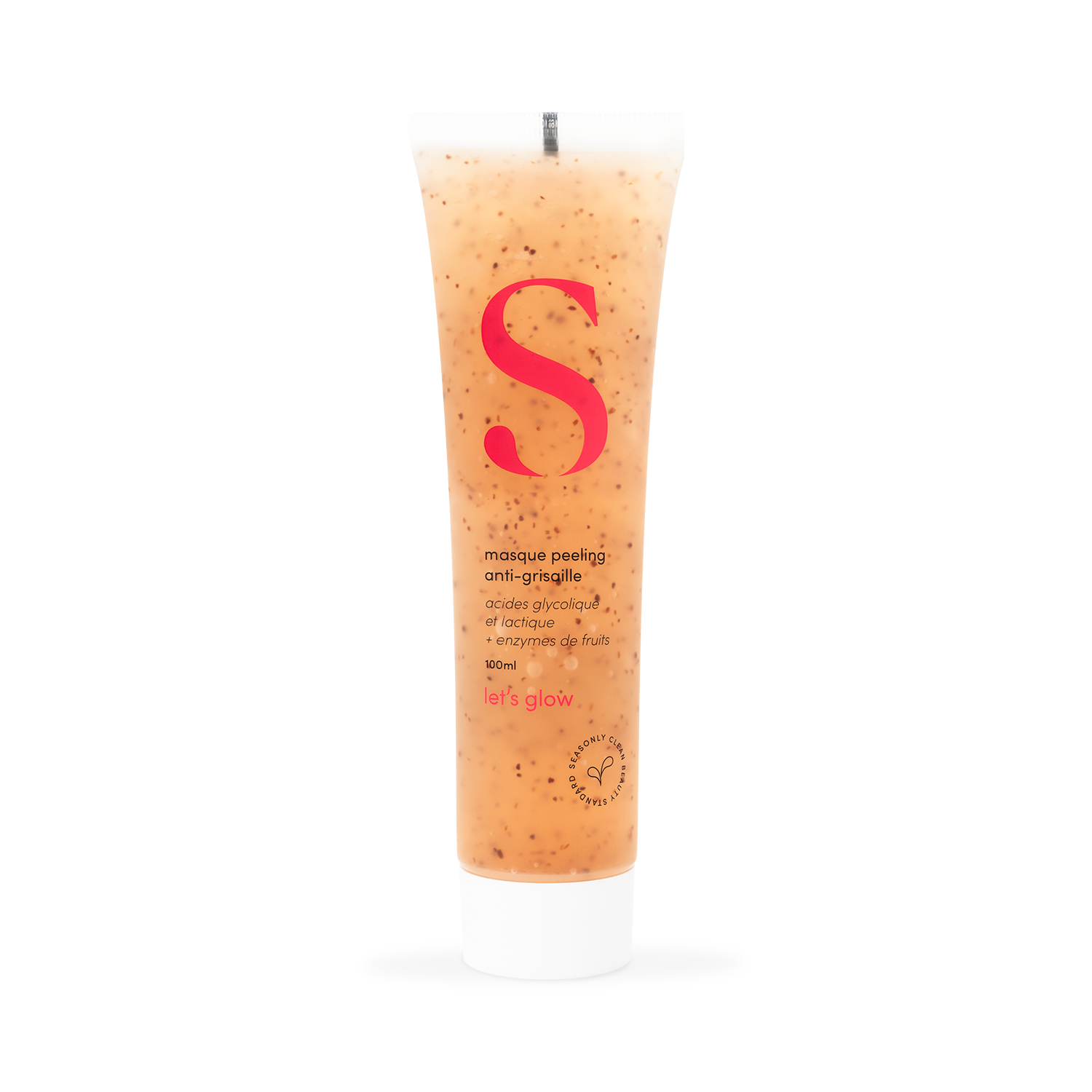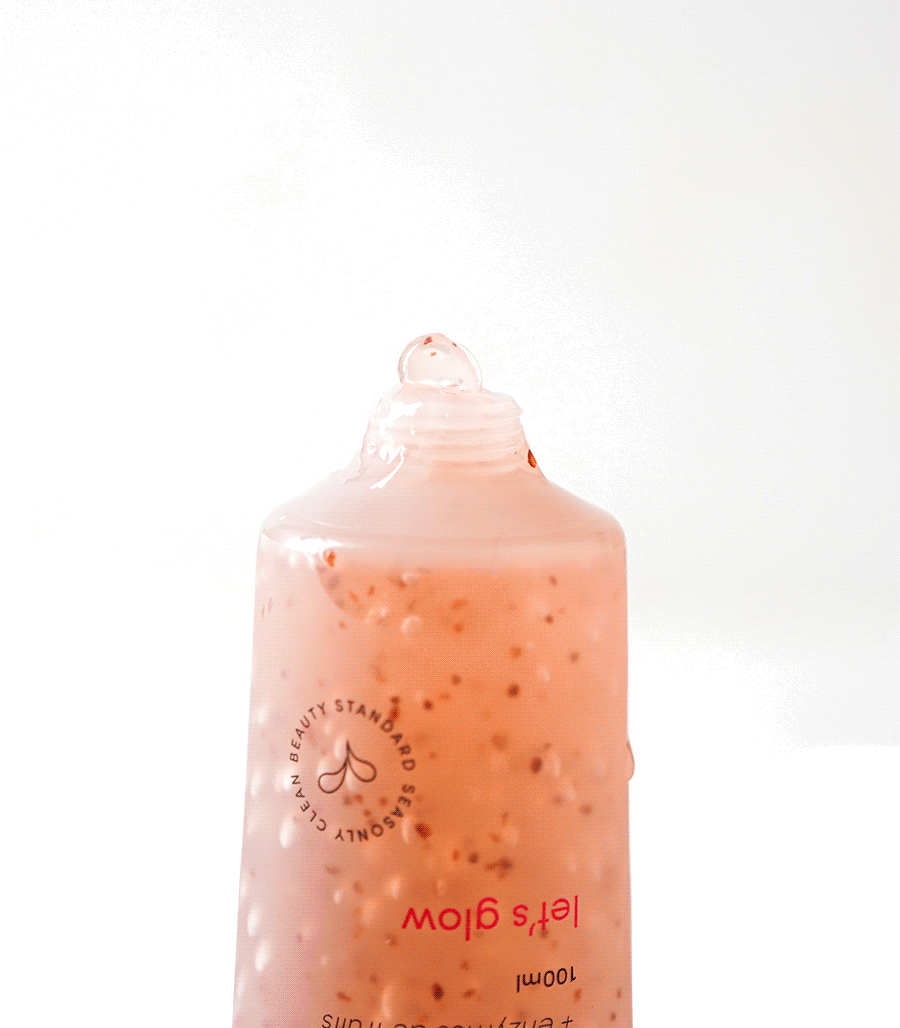Starting an anti-aging routine: at what age should you start?
We are sometimes a little disconcerted when we hear that we must start anti-aging care very early. The goal here is not to respond to the diktat of "anti-aging" at all costs but rather to give you the keys to accompany your skin in the different phases it will go through. We therefore prefer the version of "well aging" which takes into account that in the same way that sport allows you to stay healthy, taking care of your skin also allows you to keep it healthy.
So, should we change our routine when the first fine lines appear, or can we wait a little longer? Let's explore the topic together.
What is the mechanism of skin aging?
Skin aging is a complex phenomenon that results from an interaction between biological processes and environmental causes. With age, the skin gradually loses collagen and elastin, two proteins essential for its firmness and elasticity. This loss reduces the skin's ability to regenerate and makes it more prone to sagging and wrinkles.
Fibroblasts, the cells responsible for producing these proteins, become less active over time, contributing to the appearance of signs of aging. At the same time, cell renewal slows down, leading to thinning of the epidermis, which becomes more fragile and less resilient.
Exposure to the sun's UV rays accelerates this process by damaging collagen and elastin fibers, leading to photoaging. This type of skin aging is characterized by premature wrinkles, pigment spots, and a dull complexion.
In addition, oxidative stress caused by free radicals, generated by factors such as pollution and tobacco, causes damage to skin cells, promoting accelerated aging.
So at what age is it recommended to start preventive care?
First of all, you have to do the ba-ba, that is to say: moisturize your skin. If you do a good cleansing in the evening and apply a moisturizer, normally you should see fairly immediate effects on dehydration fine lines for example. But it is true that if you start applying anti-aging active ingredients around the age of 30, you prevent the appearance of certain signs of skin aging. It's like sport, the earlier you start, the more your skin is trained! This is also the case with massage for example, it's a great technique to integrate into your routine because the more you train your muscles, the more they stay inflated and therefore give your skin a plumped appearance.
In general, skin aging usually begins to show in your late 20s and early 30s. At this time, subtle signs like fine lines around the eyes or mouth may start to appear. This is because collagen and elastin production gradually declines from the age of 25, which can cause your skin to lose its firmness and elasticity.
The production of hyaluronic acid, which contributes to the suppleness and volume of the skin, as well as certain proteins such as collagen and elastin, begins to decrease. This decrease often accelerates from the age of 40, leading to sagging tissues, slower cell renewal and the appearance of the first signs of aging: the skin becomes thinner, dehydrates more easily and loses firmness.
More visible signs of aging, such as deep wrinkles, loss of volume, and uneven skin tone, typically become more pronounced starting in your 40s. Sun damage, oxidative stress, and other environmental factors can also exacerbate these signs earlier in some people.
The phenomenon of " collagen banking ", or how to build up collagen reserves from the age of 25?
As we explained: from the age of 25, the skin loses about 1% of collagen each year, a natural phenomenon of skin aging. Crucial for the elasticity of the skin, this protein, produced by the body, acts as a real "cement", allowing to firm and tone the tissues.
The concept of "collagen banking" is based on a simple principle: since collagen production declines from the age of 25, experts advise preserving, or even stimulating, levels of this protein as soon as possible.
In other words, this preventive technique consists of anticipating aging by boosting collagen production upstream. It is a "savings plan" for the skin, aimed at delaying the signs of aging by investing in its elasticity. The earlier this "collagen stock" is established, the more effective it will be in activating fibroblasts (the cells that produce collagen) during the period when they are most efficient in regenerating the skin.
Regarding the age to start "collagen banking", there is no strict rule. Although this technique is not essential, it can be started in your twenties or thirties to maximize the benefits. And above all, it is never too late to start and maintain your collagen levels!
How to adapt care according to our age?
At 25-30 years old
Even if the signs of aging are not yet visible, the process begins at the age of 25. To preserve the skin's youthful capital and help it through all the transitions it will experience, it is essential to protect it from external aggressions such as the sun and pollution.
Recommended routine:
- Eye Contour : A serum that helps drain and decongest this delicate area.
- Antioxidant serum : Opt for vitamin C to reduce pigment spots caused by acne and counteract the effects of the sun. You can also start applying a botox-like anti-aging serum ; thanks to its active ingredients, it limits muscle contractions that cause expression lines and helps prevent their appearance in the long term.
- Moisturizer : Use a moisturizer that is appropriate for your skin type, then apply sunscreen on days of exposure or strong sunlight to prevent signs of skin aging. It's a simple but effective base.
- Bonus step : You can incorporate some self-massage gestures into your routine
At 30 years old
At this age, the first signs of aging such as fine lines and a slight loss of elasticity become more visible. Factors such as an active lifestyle and pregnancy can also affect the quality of the skin, especially around the eyes.
Recommended routine:
- Eye contour : Choose a product with niacinamide to correct fine lines.
- Antioxidant Serum : Follow with a vitamin C serum to combat oxidative stress.
- Anti-aging serum : Introduce a serum like TensioLift Serum , which contains 10% Argireline®. This technical peptide helps relax muscles to smooth expression lines and fine lines. Combined with Matrixyl® and a collagen precursor, it plumps the skin, smooths wrinkles and prevents their appearance.
- Cream for pigment spots : If you have pigment spots and sensitive skin, try our TensioLift Cream . It contains Zanthalene®, an active ingredient derived from Sichuan pepper to reduce muscle contractions, as well as tranexamic acid to fight pigment spots and hyperpigmentation.
- Regular massages in our Skin Studios .
At 40-60 years old
Signs of aging become more pronounced: wrinkles, pigment spots and sagging skin are more visible. At age 40, you may notice a loss of firmness, and at age 60, the skin may become more dehydrated due to hormonal changes and lack of lipids.
Recommended routine:
- Anti-Aging Serum : TensioLift Serum continues to be effective in inhibiting the transmission of nerve signals to muscles, relaxing muscles and smoothing expression lines and fine lines.
- Anti-aging cream : For sensitive and dehydrated skin, our TensioLift Cream is ideal. It contains Zanthalene® to reduce muscle contractions and tranexamic acid to treat pigment spots. It is enriched with Gatuline® Renew to stimulate cell regeneration, prevent dehydration and smooth the skin.
- Regenerating oil with botox-like effect : To fill the lack of hydration, promote cellular regeneration and increase the effects of the cream, we recommend TensioLift Oil , its formula contains Spilanthes, a botox-like active ingredient that will reduce muscle contraction and therefore the formation of new wrinkles.
- Regular massages in our Skin Studios .






